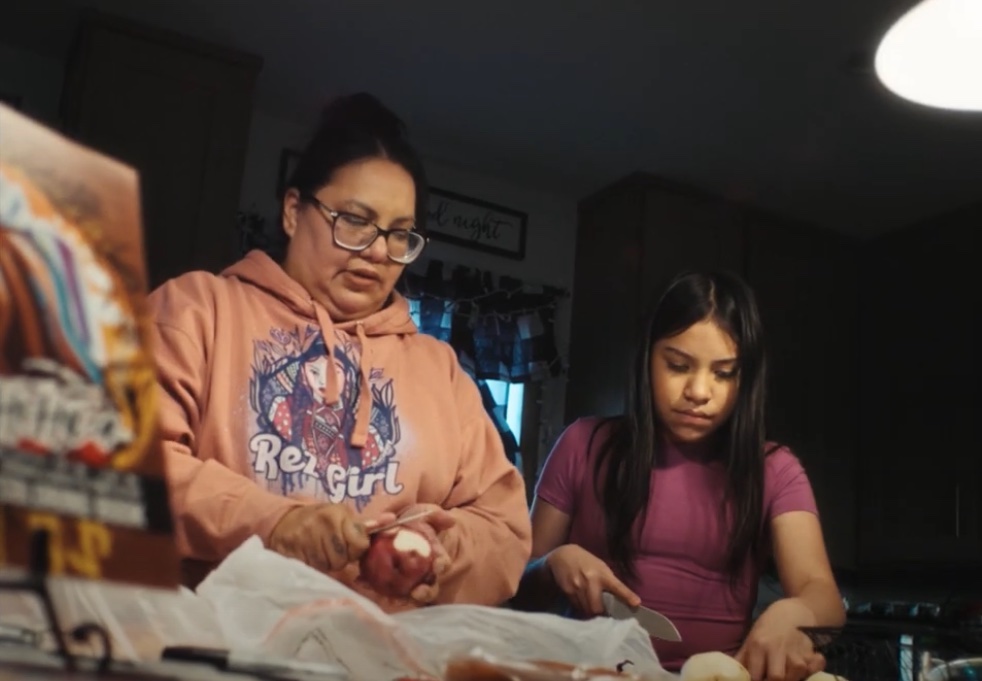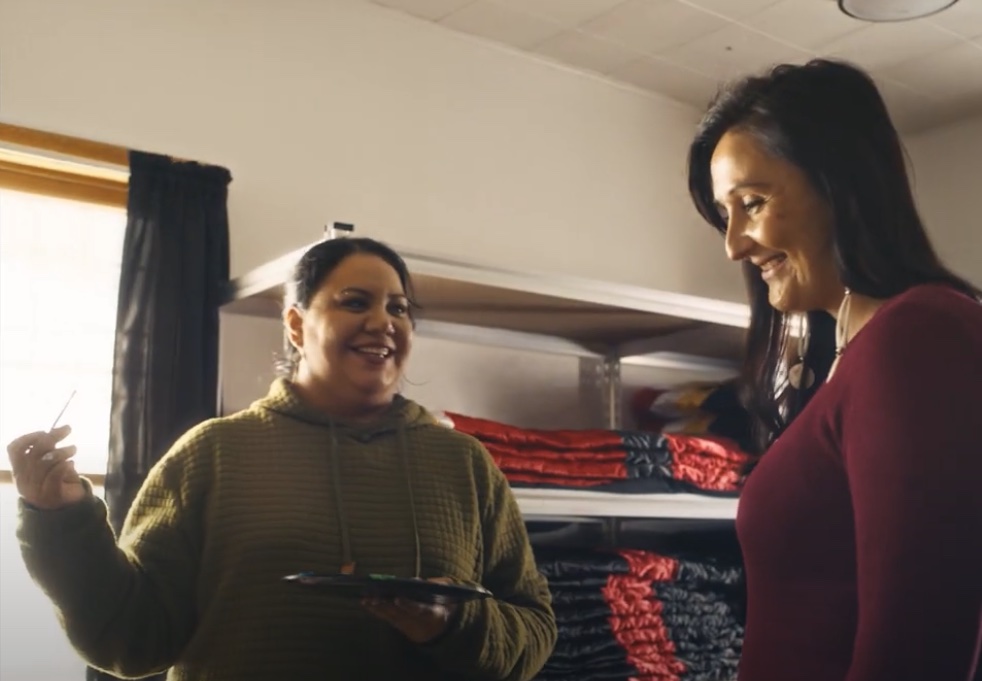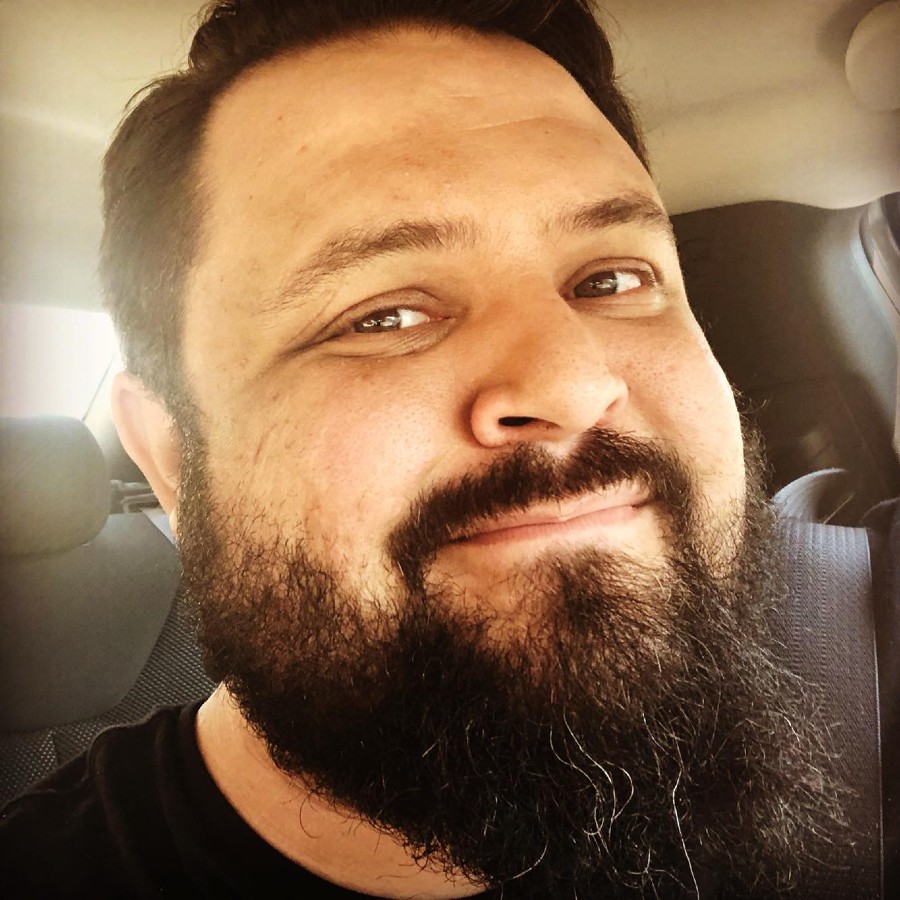
- Details
- By Chez Oxendine
- Real Estate
Tammy Granados never imagined she’d own a home on her reservation — let alone become the face of a national docu-series on Native housing solutions.
Facing a rent increase that threatened to displace her and four children from a two-bedroom apartment, the enrolled member of the Cheyenne River Sioux tribe connected with a Native community development financial institution (CDFI) that helped her navigate the complex world of mortgages on trust land. Now, her path from housing crisis to homeownership takes center stage in an episode of “From Hope to Home,” a three-part docu-series funded by the Robert Wood Johnson Foundation that aims to address the massive homeownership gap between Native Americans and other ethnic groups.
The seven-minute video, produced in partnership with Eagle, Butte, S.D.-based Four Bands Community Fund, tackles head-on what experts identify as the primary obstacle to Native homeownership: financial literacy.
“I remember playing Monopoly with my family as a child, and when mortgages came up, I’d ask my parents what they were and they couldn’t explain them,” Four Bands Executive Director Lakota Vogel told Tribal Business News. “It’s not about whether or not people have perfect credit or their ability to handle the mortgage — it’s that a lot of us don’t know what they are, and we need to change that.”
The knowledge gap widens on reservations, where traditional banking services and real estate infrastructure remain scarce. For Granados, that reality became critical in 2023 after losing one of her daughters and facing an unaffordable rent increase.
“Me and my children have definitely gone through one of the most traumatic things you could go through,” Granados said. ”But I still had them to provide for — I still had to move forward.”
Moving forward meant taking a homeownership class put on by the Cheyenne River Housing Authority and Four Bands, and working with the Native CDFI to find a home and obtain financing.
While Granados found a path to success, her story stands in contrast to national trends. Statistics from the National Association of Realtors highlight the crisis “From Hope to Home” aims to address. While 72% of white households and 63% of Asian households own homes, only half of Native Americans achieve homeownership — a disparity Native CDFIs like Four Bands work to eliminate by serving as intermediaries between tribal members and financial systems.
Many Native Americans fall into what Vogel describes as a “financial gap” — making too much to access public or tribal housing assistance, but lacking sufficient credit history or income stability for conventional mortgage approval. The problem compounds on trust lands, where complex legal structures often confuse traditional banks.
Research from the Center for Indian Country Development shows on-reservation Native borrowers pay significantly higher interest rates, wait 32 days longer for loan processing, and face lower approval rates than white borrowers.
Granados' selection for the documentary stems from her deep connections to the Eagle Butte community, where she’s an artist.
“Her story is really powerful to me, because she’s been from the community forever - she knows the story of this land, and now she gets to live on it,” Vogel said. “We were proud to be a part of that.”
 Tammy Granados stands in her new home with Lakota Vogel, executive director of Four Bands Community Fund, a Native CDFI that supported Granados’ path to homeownership. (Photo: Robert Wood Johnson Foundation)
Tammy Granados stands in her new home with Lakota Vogel, executive director of Four Bands Community Fund, a Native CDFI that supported Granados’ path to homeownership. (Photo: Robert Wood Johnson Foundation)
The documentary creators hope Granados’ transformation from struggling renter to homeowner will inspire others across Indian Country. She hopes it will lead other aspiring Native homeowners to Four Bands and other Native CDFIs across the country.
“I think that how we take care of us, and even how we build up the capacity of Native leaders, can have ripple effects into other economies and neighboring communities,” Vogel said. “We should all want to be a part of that and be proud of that.”
For Granados, whose children now experience a level of housing stability that once seemed unimaginable, telling her story represents an opportunity to challenge generational poverty. She wants to see homeownership happen for others, starting with her kids.
“One of the biggest parts for me when it came to becoming a homeowner is that it gave me freedom to show my kids that you don't just have to work to survive,” Granados said. “My kids now know what it's like to have a home and to have consistency and to have a home base. I'm excited to see what they can become because of that.”
